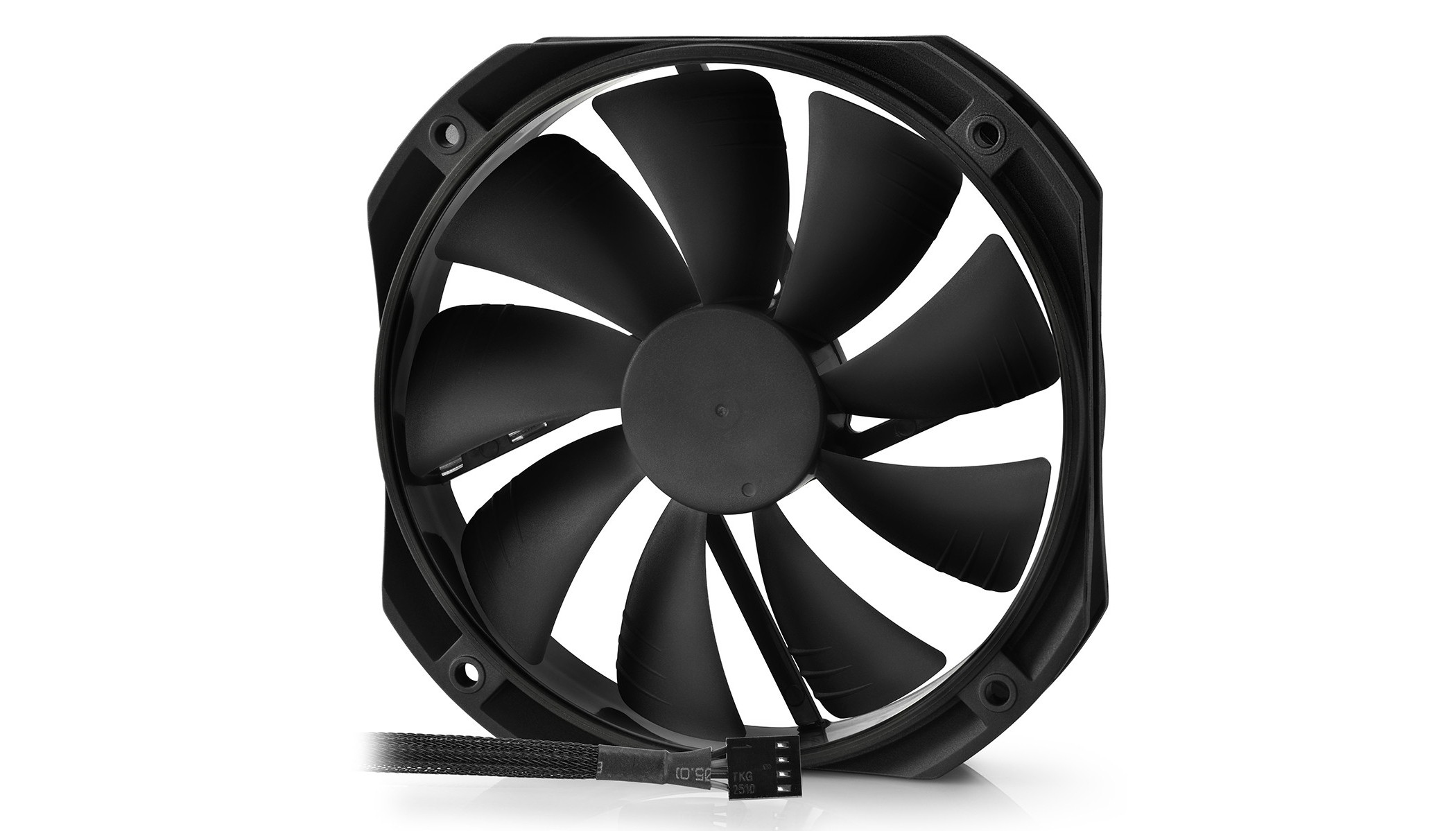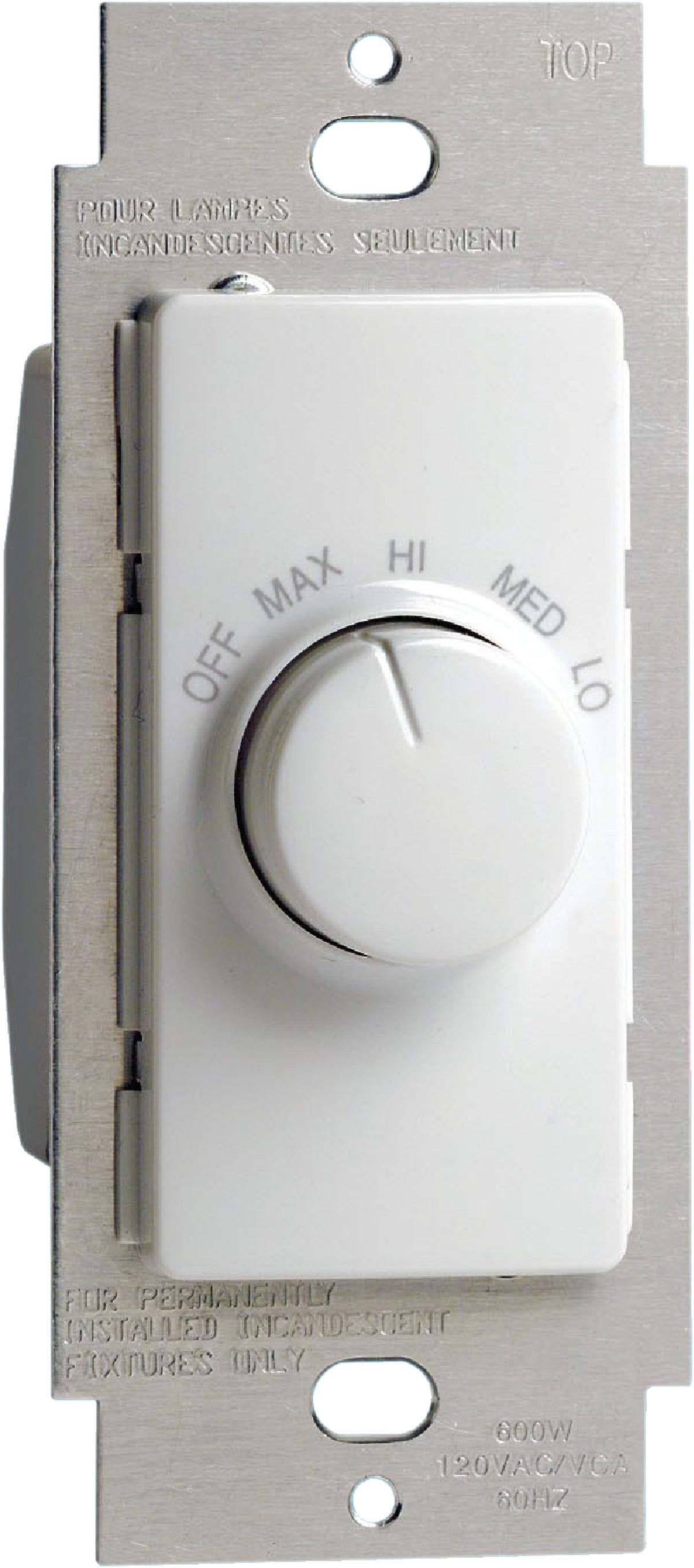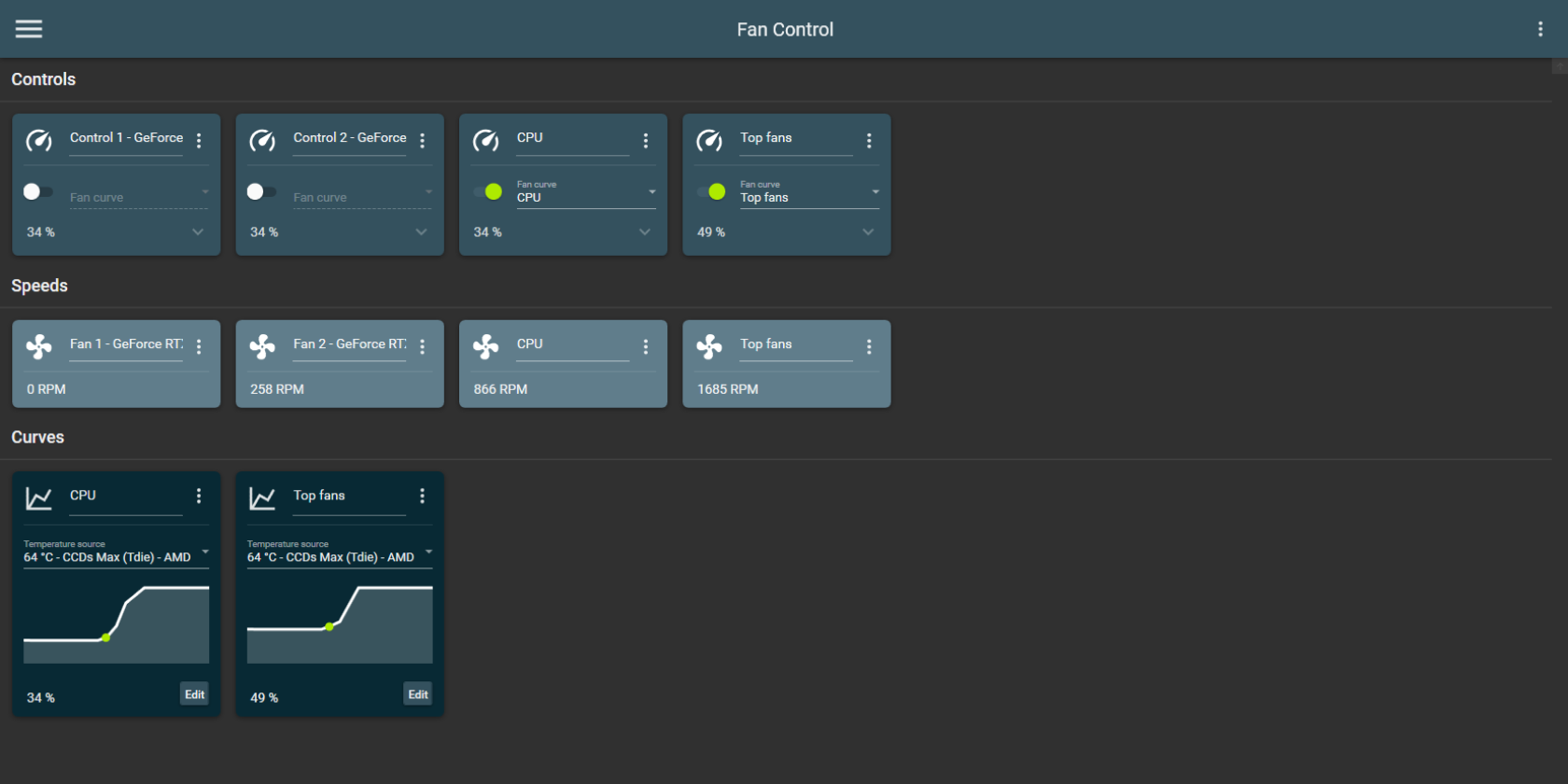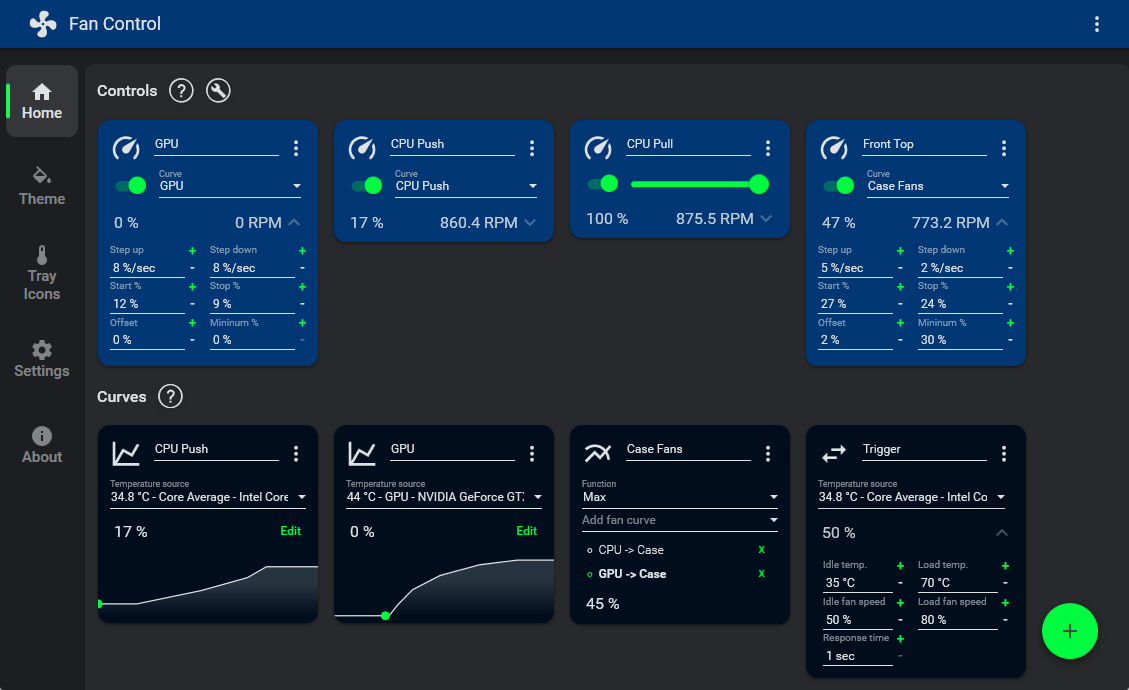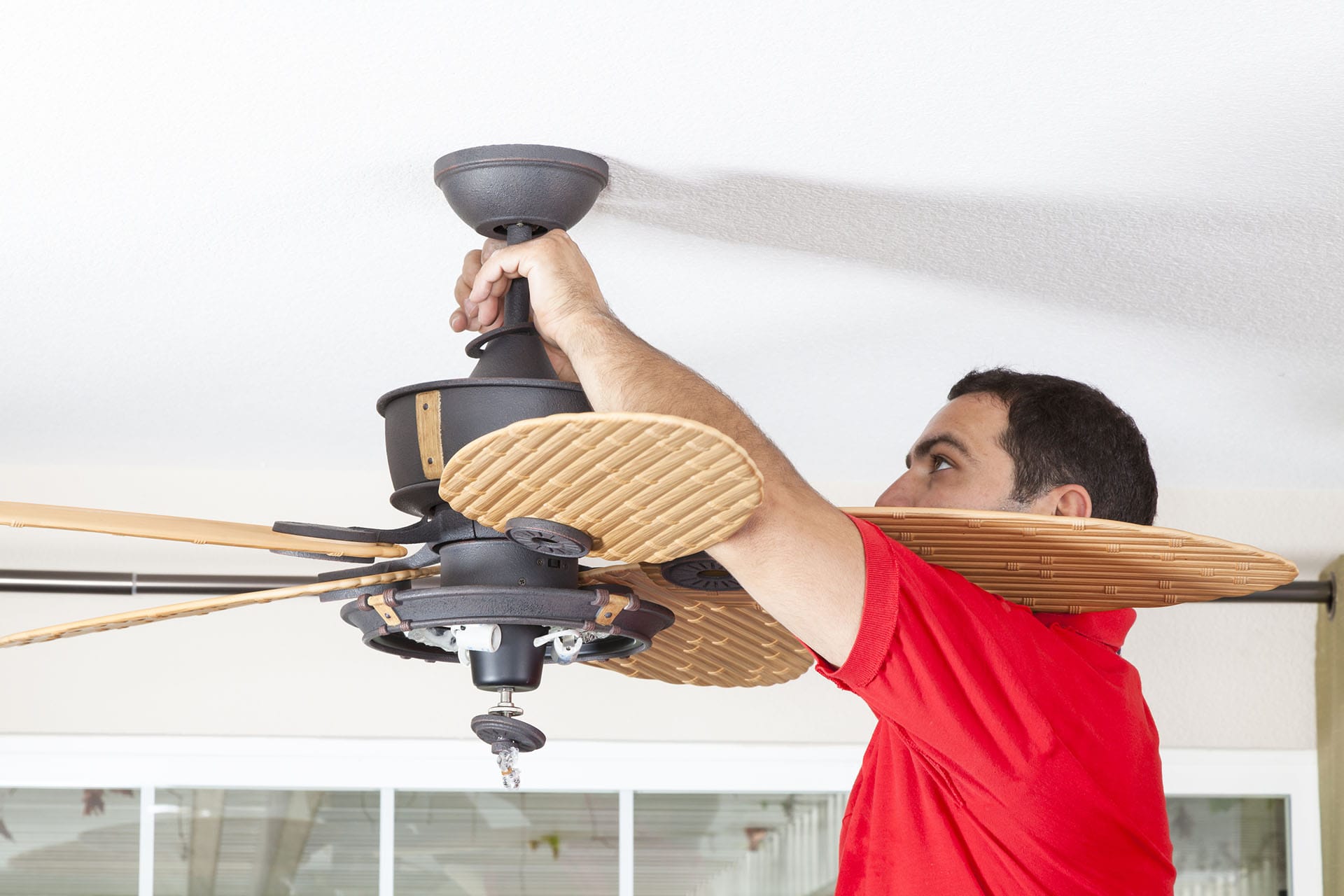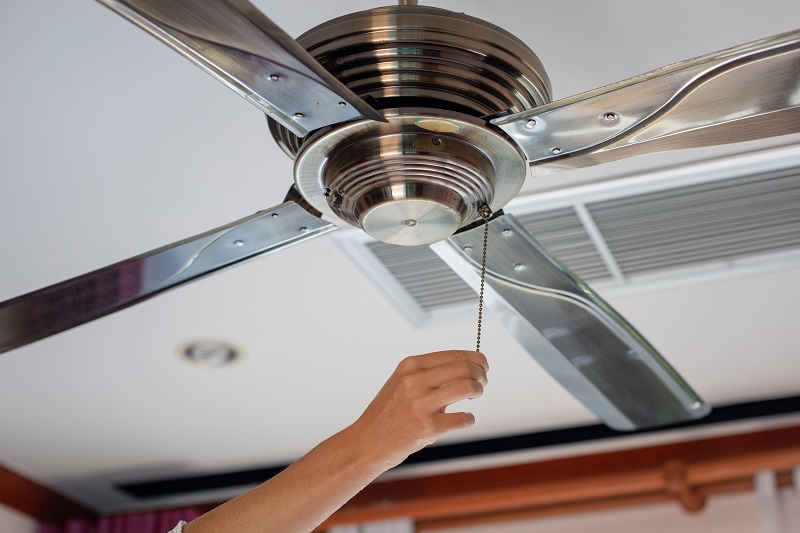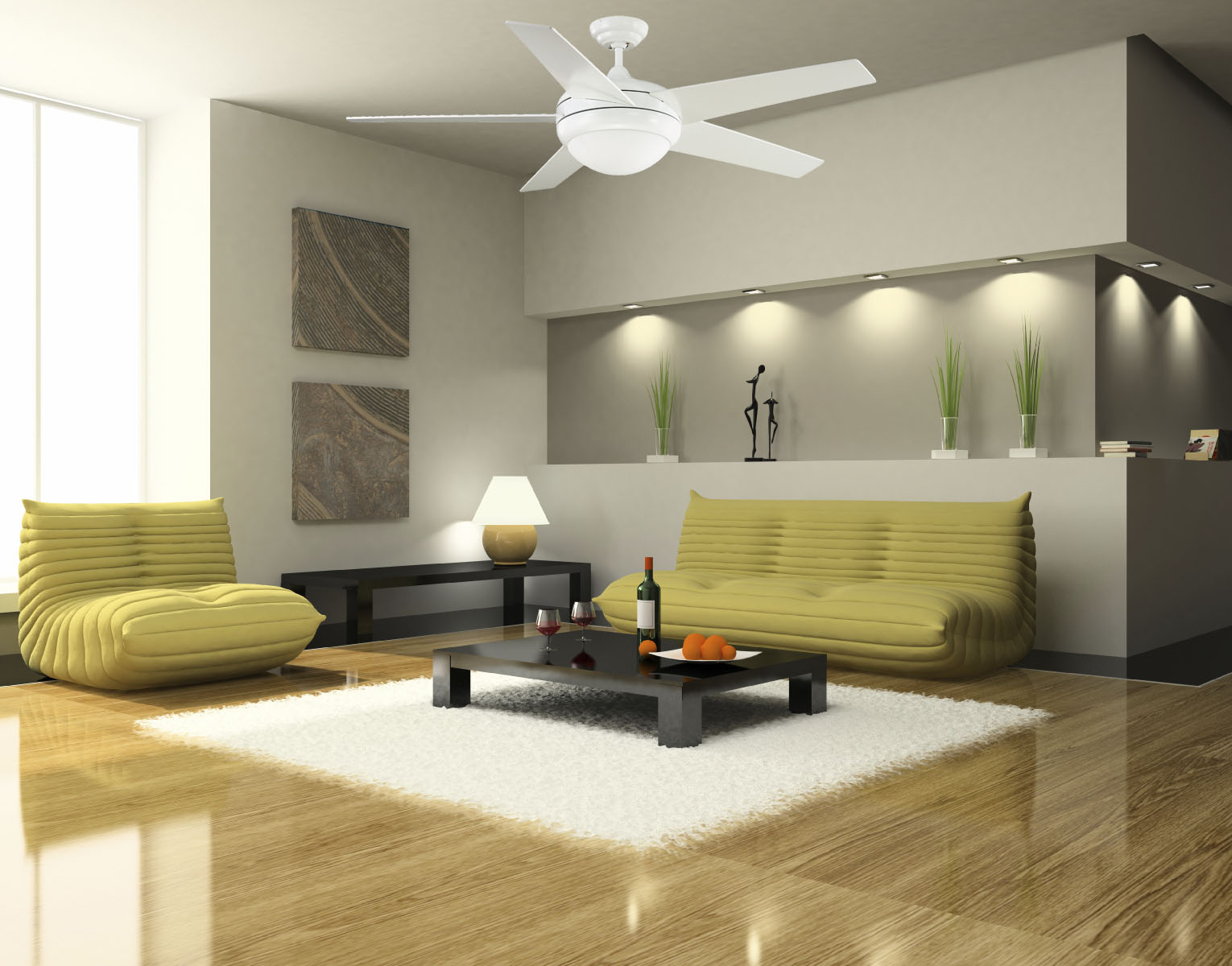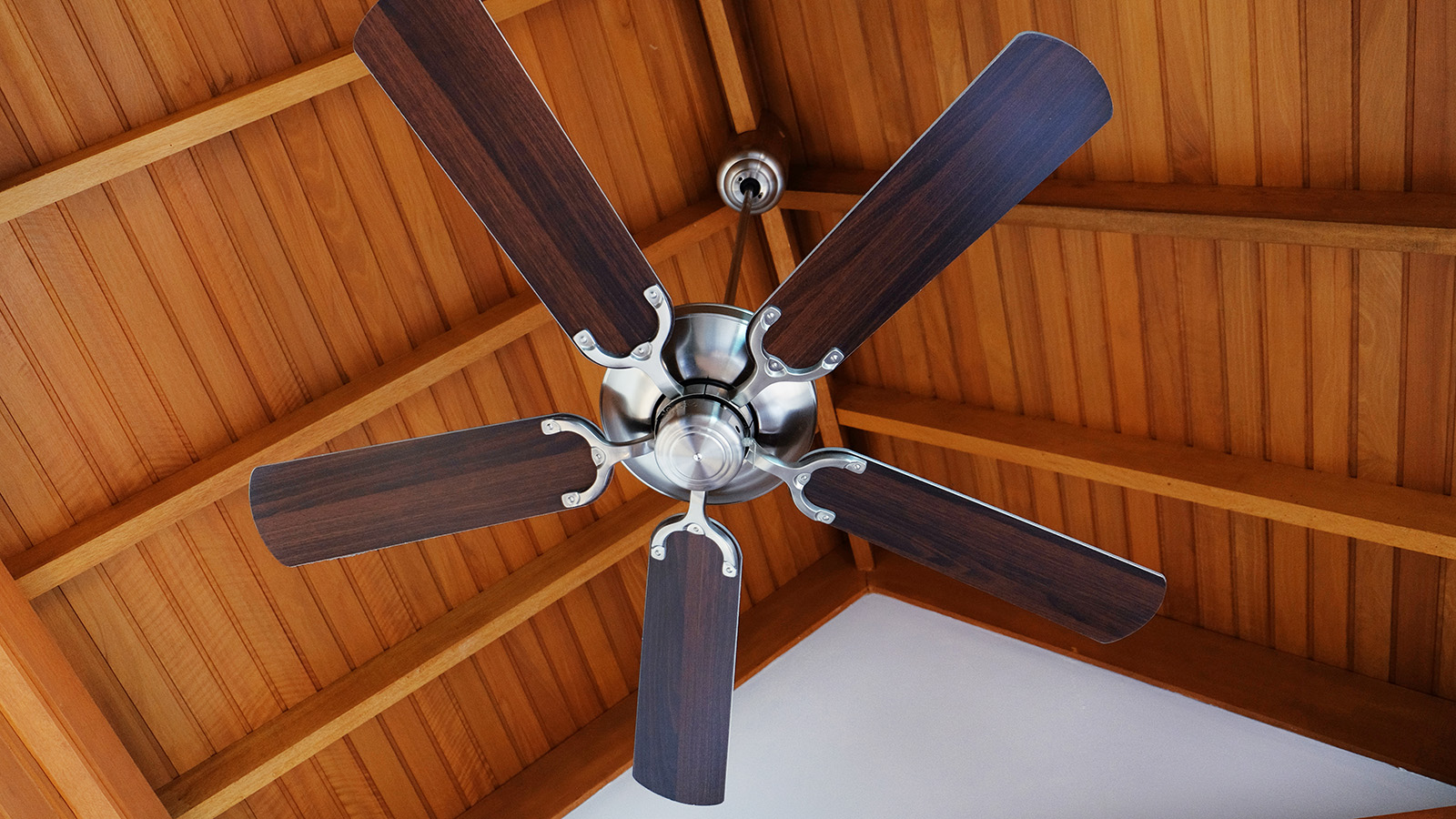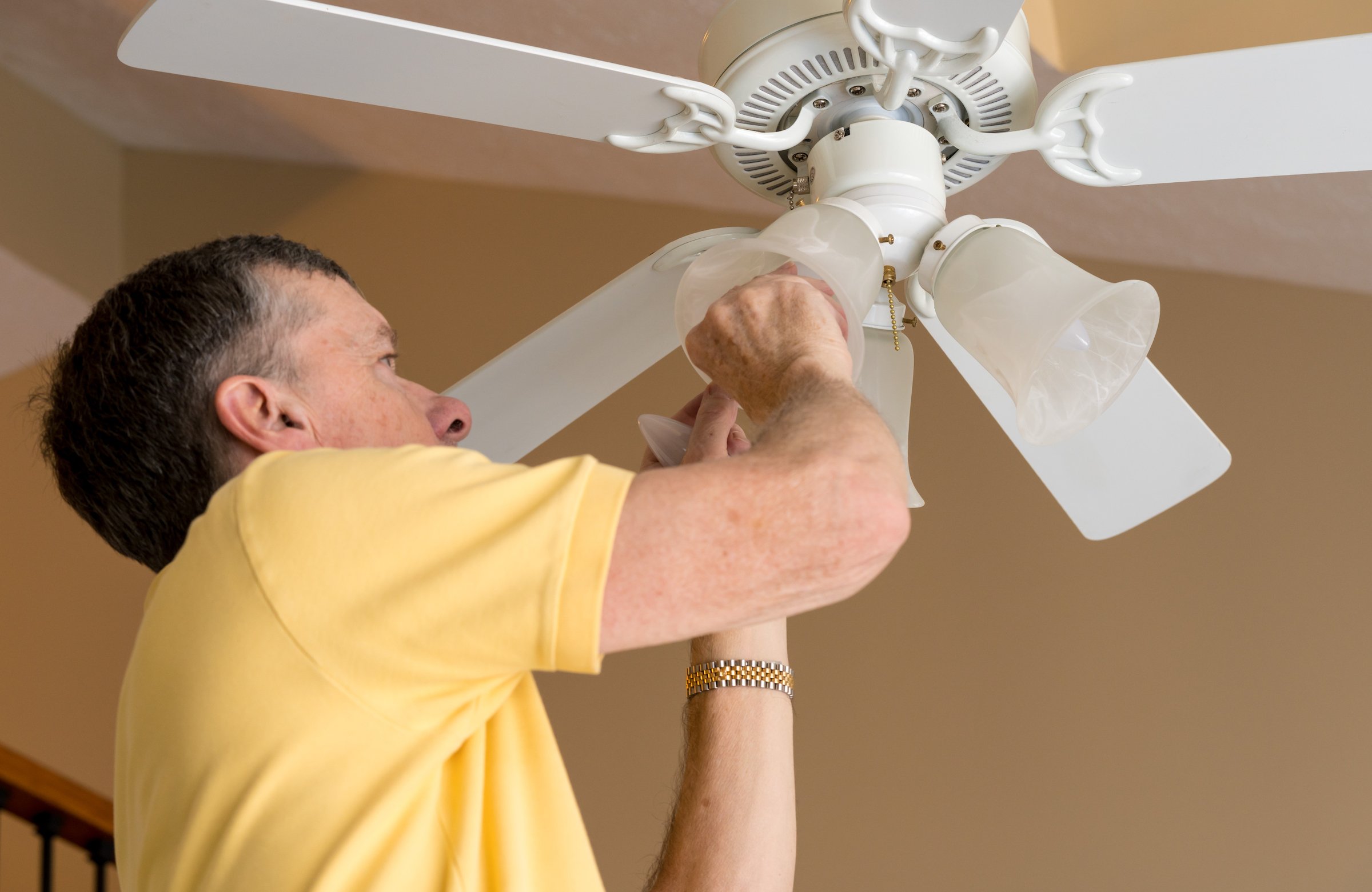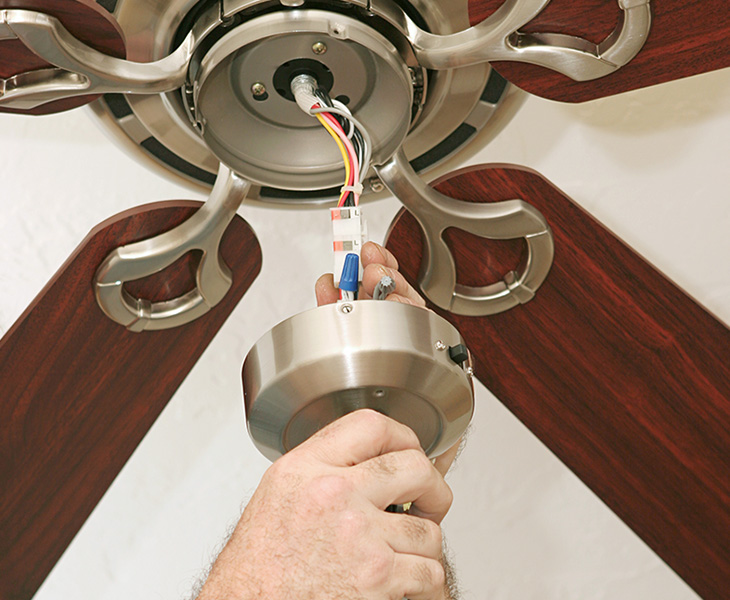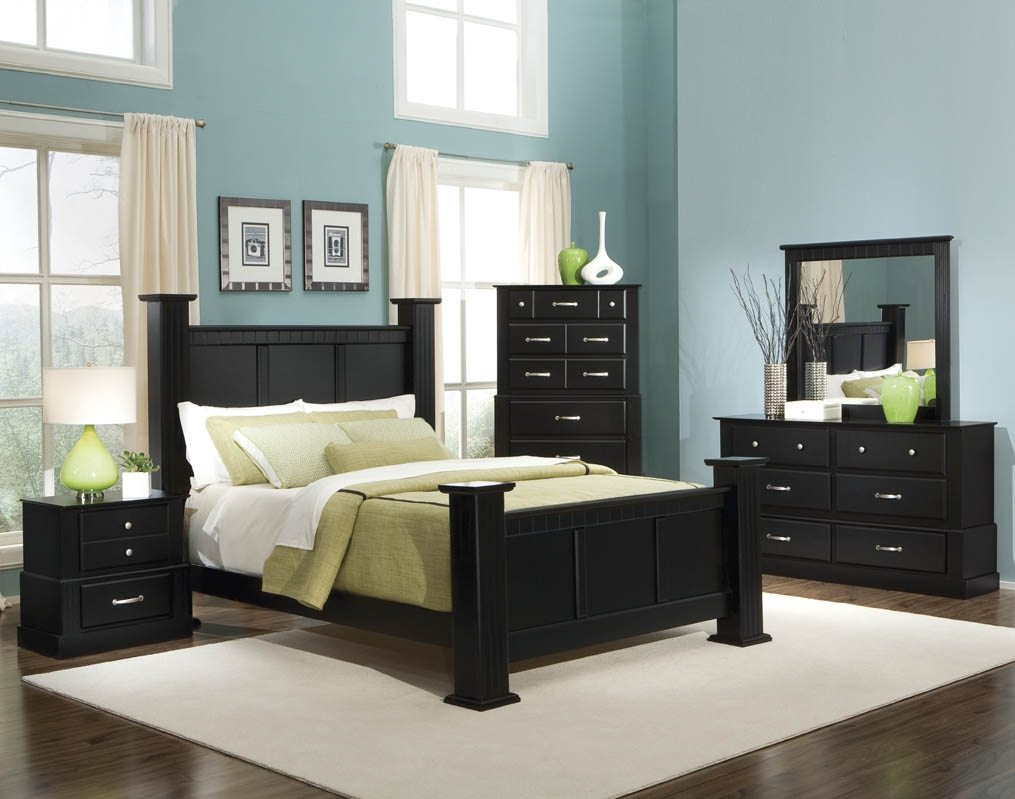A ceiling fan is a popular choice for living rooms due to its ability to circulate air and provide a cooling breeze. It is typically mounted on the ceiling and can come in a variety of styles, sizes, and designs to match any living room decor. Modern ceiling fans also come with additional features such as remote control, LED lighting, and reversible blades for different seasons.Ceiling Fan
If you prefer a portable option, a standing fan may be the right choice for your living room. These fans are easy to move around and can provide a strong breeze to cool down a specific area. They also come in different sizes and styles, making it easy to find one that fits your living room's aesthetic. Adjustable height and oscillating function are some of the features to look for in a standing fan.Standing Fan
While fans can provide a cooling effect, some people may prefer not to have one in their living room. This could be due to personal preference or if the living room already has other forms of cooling, such as air conditioning. However, it is important to note that having a fan can help in air circulation and improving indoor air quality, especially in a room with limited windows.No Fan
When choosing a fan for your living room, it is important to consider the size and layout of the room. A larger living room may require a bigger fan with a higher CFM (cubic feet per minute) to effectively circulate air. The placement of the fan is also crucial to ensure optimal cooling. Strategically placed fans can help to create a comfortable and energy-efficient living space.Living Room Fan
The placement of your fan can greatly impact its effectiveness in cooling down your living room. For ceiling fans, they should be installed in the center of the room for maximum coverage. For standing fans, they should be placed near windows or doors to bring in fresh air from outside. It is also important to avoid obstacles that may obstruct the airflow from the fan.Fan Placement
The size of your fan is also an important factor to consider. A fan that is too small for your living room may not provide enough air circulation, while a fan that is too big may be overpowering and create a draft. Measure your living room and consider the size of the fan's blades to ensure it is suitable for the space.Fan Size
Most fans come with different speed settings to cater to different preferences. A higher speed setting can provide a stronger breeze, but it may also be noisier. Consider the noise level of the fan and its speed options to find a balance between cooling and comfort.Fan Speed
Noise level is an important factor to consider when choosing a fan for your living room. A loud fan can be disruptive and affect your daily activities in the living room. Look for fans with silent motor technology or sound-absorbing materials to ensure a quieter and more peaceful living room environment.Fan Noise
Modern fans come with a variety of control options, from traditional pull chains to remote controls and even wi-fi connectivity. Consider what type of control would be most convenient for you in your living room. Smart fans with voice control options are also becoming popular for a hands-free experience.Fan Control
Installing a fan in your living room may require professional help, especially for ceiling fans. Make sure to hire a licensed electrician for proper installation to ensure safety and proper functioning of the fan. If you are installing a standing fan, make sure to follow the instructions carefully to avoid any accidents.Fan Installation
The Benefits of Having a Fan in Your Living Room

Improved Air Circulation
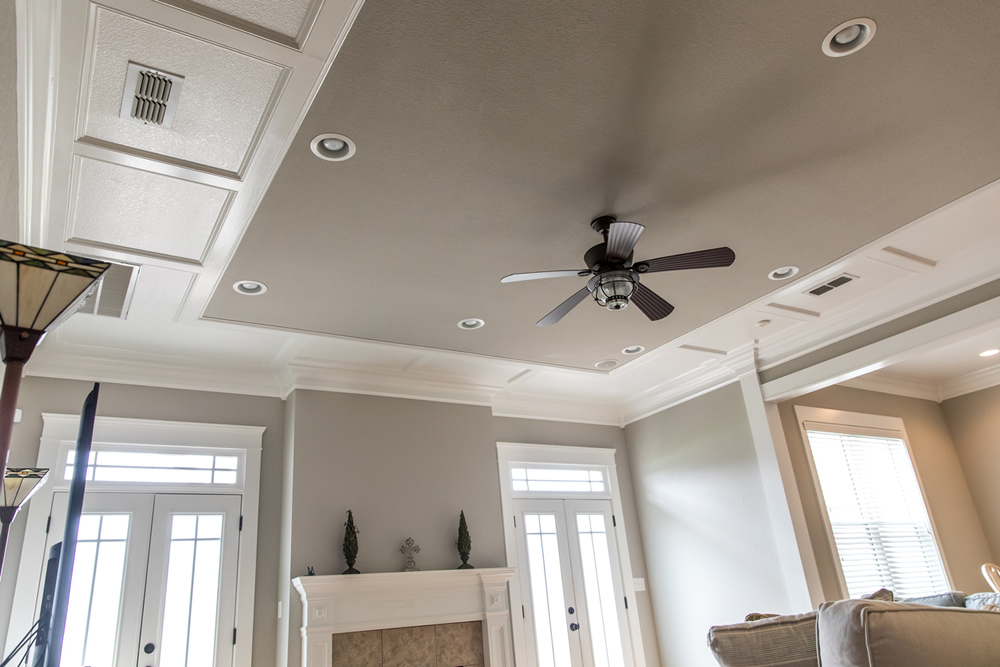 Having a fan in your living room can greatly improve the air circulation in the space. This is especially important during the hot summer months when stagnant air can make the room feel stuffy and uncomfortable. By having a fan, you can create a gentle breeze that helps to circulate the air, making the room feel cooler and more comfortable. This is not only beneficial for your own comfort but also for any guests you may have in your living room.
Having a fan in your living room can greatly improve the air circulation in the space. This is especially important during the hot summer months when stagnant air can make the room feel stuffy and uncomfortable. By having a fan, you can create a gentle breeze that helps to circulate the air, making the room feel cooler and more comfortable. This is not only beneficial for your own comfort but also for any guests you may have in your living room.
Cost-Effective Cooling
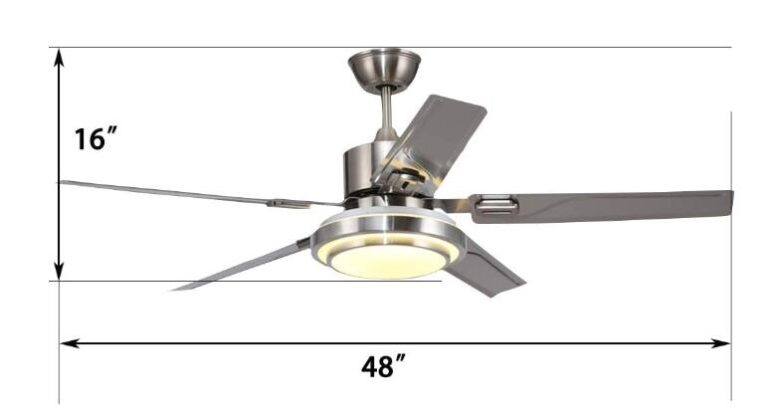 Compared to using an air conditioning unit, having a fan in your living room can be a more cost-effective option. Fans use much less energy and can still provide a cool and comfortable environment. This is especially helpful for those who live in areas with hot climates and need to use their cooling systems frequently. By using a fan instead of an air conditioner, you can save money on your energy bills without sacrificing comfort.
Compared to using an air conditioning unit, having a fan in your living room can be a more cost-effective option. Fans use much less energy and can still provide a cool and comfortable environment. This is especially helpful for those who live in areas with hot climates and need to use their cooling systems frequently. By using a fan instead of an air conditioner, you can save money on your energy bills without sacrificing comfort.
Enhanced Aesthetic Appeal
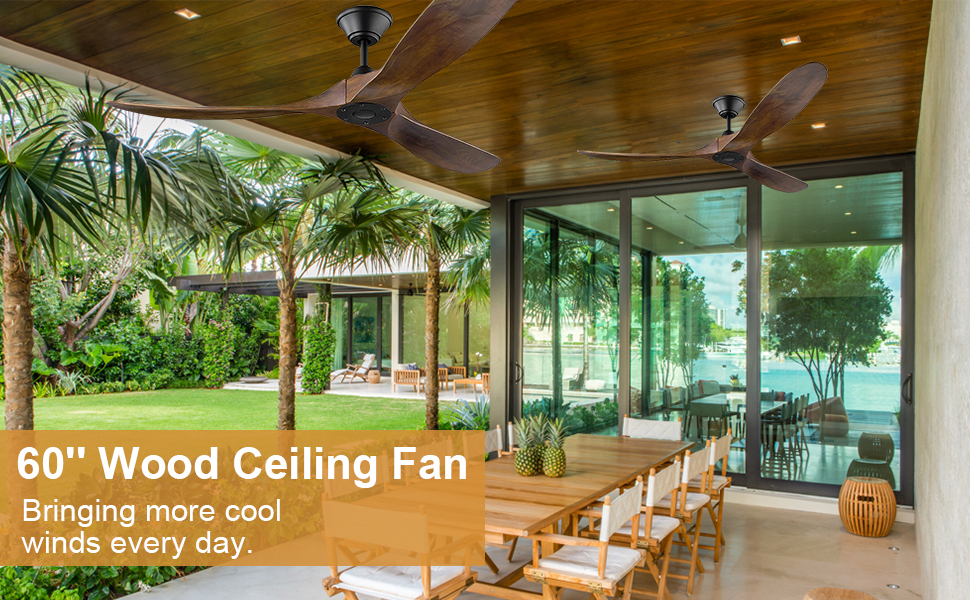 Fans come in a variety of styles and designs, making them a great addition to your living room decor. They can add a touch of elegance or modernity to the space, depending on the style you choose. Additionally, fans can also act as a focal point in the room, drawing the eye and adding visual interest. This can be especially appealing for those who love to decorate and personalize their living room.
Fans come in a variety of styles and designs, making them a great addition to your living room decor. They can add a touch of elegance or modernity to the space, depending on the style you choose. Additionally, fans can also act as a focal point in the room, drawing the eye and adding visual interest. This can be especially appealing for those who love to decorate and personalize their living room.
Multi-Functional Usage
 Having a fan in your living room not only provides cooling benefits, but it can also serve other purposes. For example, some fans come with built-in lights, providing both light and air circulation in one fixture. Others may have a reverse function, which can help to keep the room warm during the colder months. This makes a fan a versatile and practical addition to any living room.
Having a fan in your living room not only provides cooling benefits, but it can also serve other purposes. For example, some fans come with built-in lights, providing both light and air circulation in one fixture. Others may have a reverse function, which can help to keep the room warm during the colder months. This makes a fan a versatile and practical addition to any living room.
Conclusion
 In conclusion, having a fan in your living room can bring numerous benefits to your space. From improved air circulation and cost-effective cooling to enhanced aesthetic appeal and multi-functional usage, a fan is a valuable addition to any house design. So, whether you are a fan of fans or not, considering the benefits they can bring to your living room may just change your mind.
In conclusion, having a fan in your living room can bring numerous benefits to your space. From improved air circulation and cost-effective cooling to enhanced aesthetic appeal and multi-functional usage, a fan is a valuable addition to any house design. So, whether you are a fan of fans or not, considering the benefits they can bring to your living room may just change your mind.

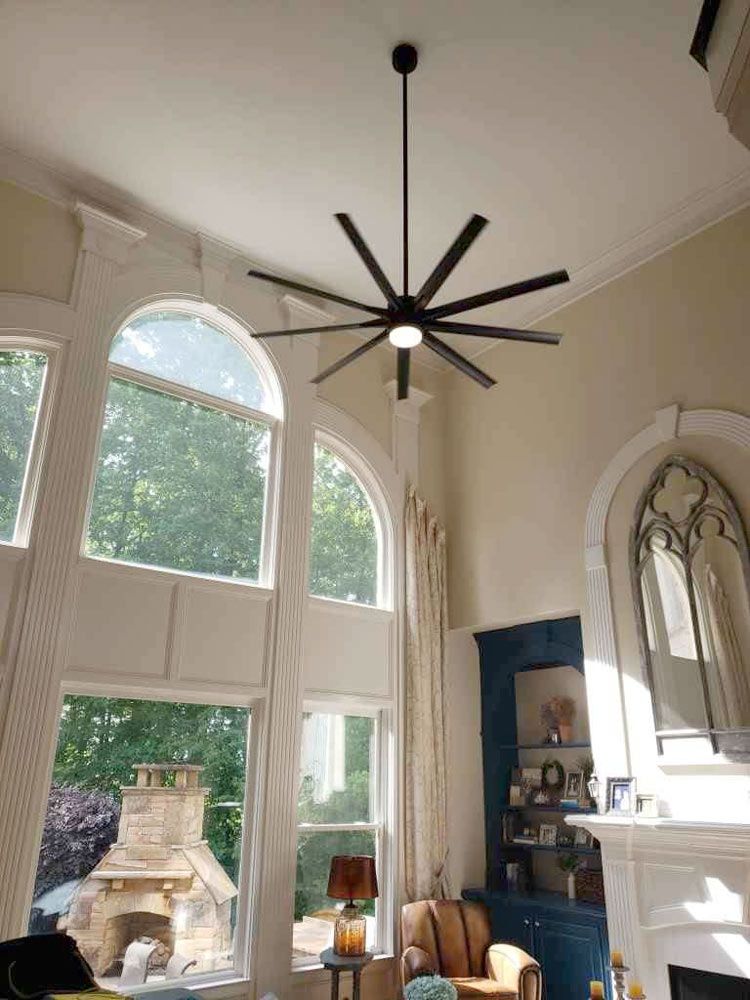
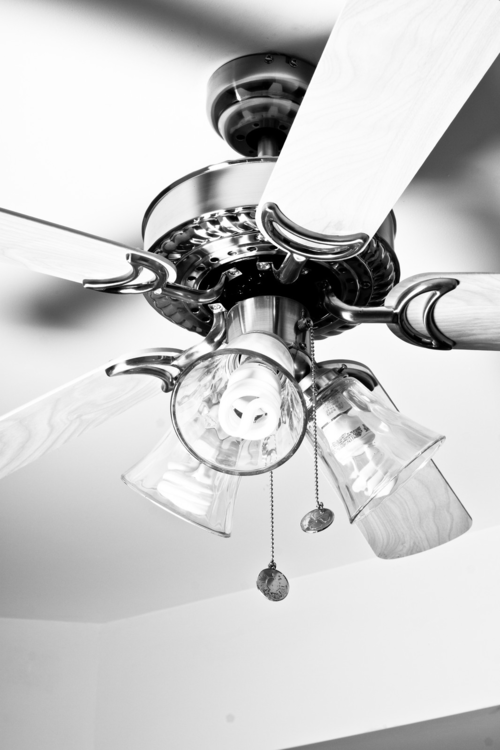

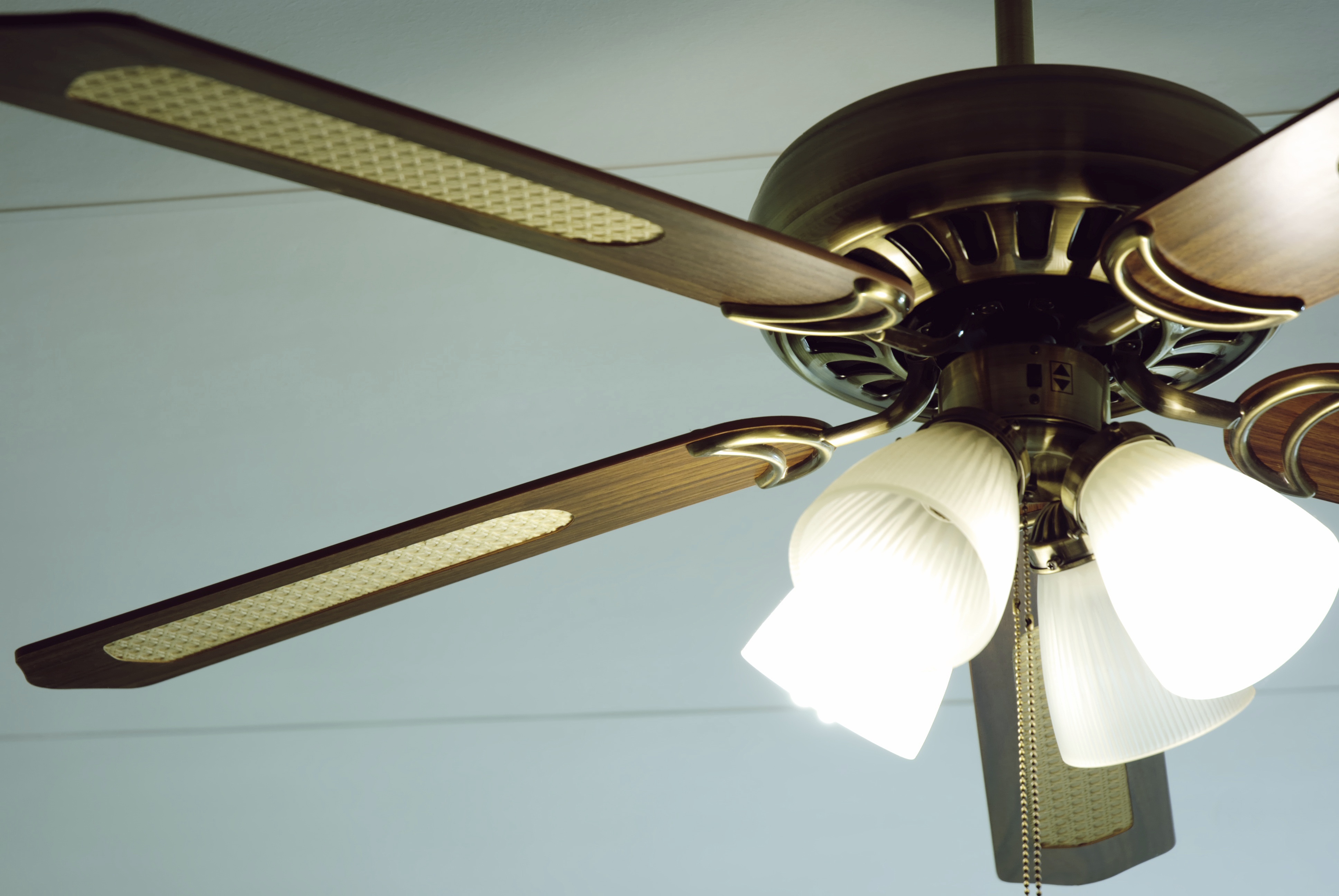


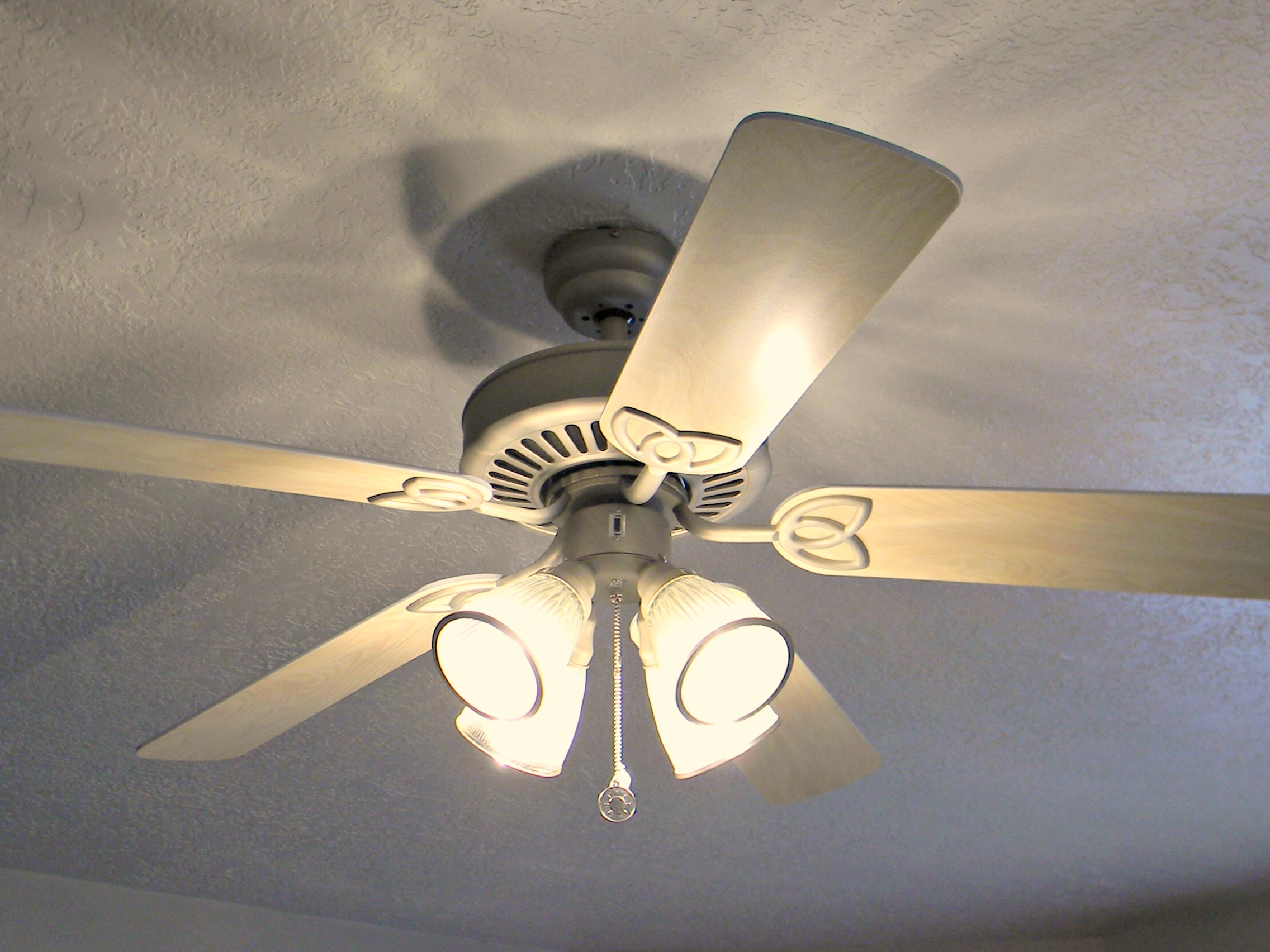
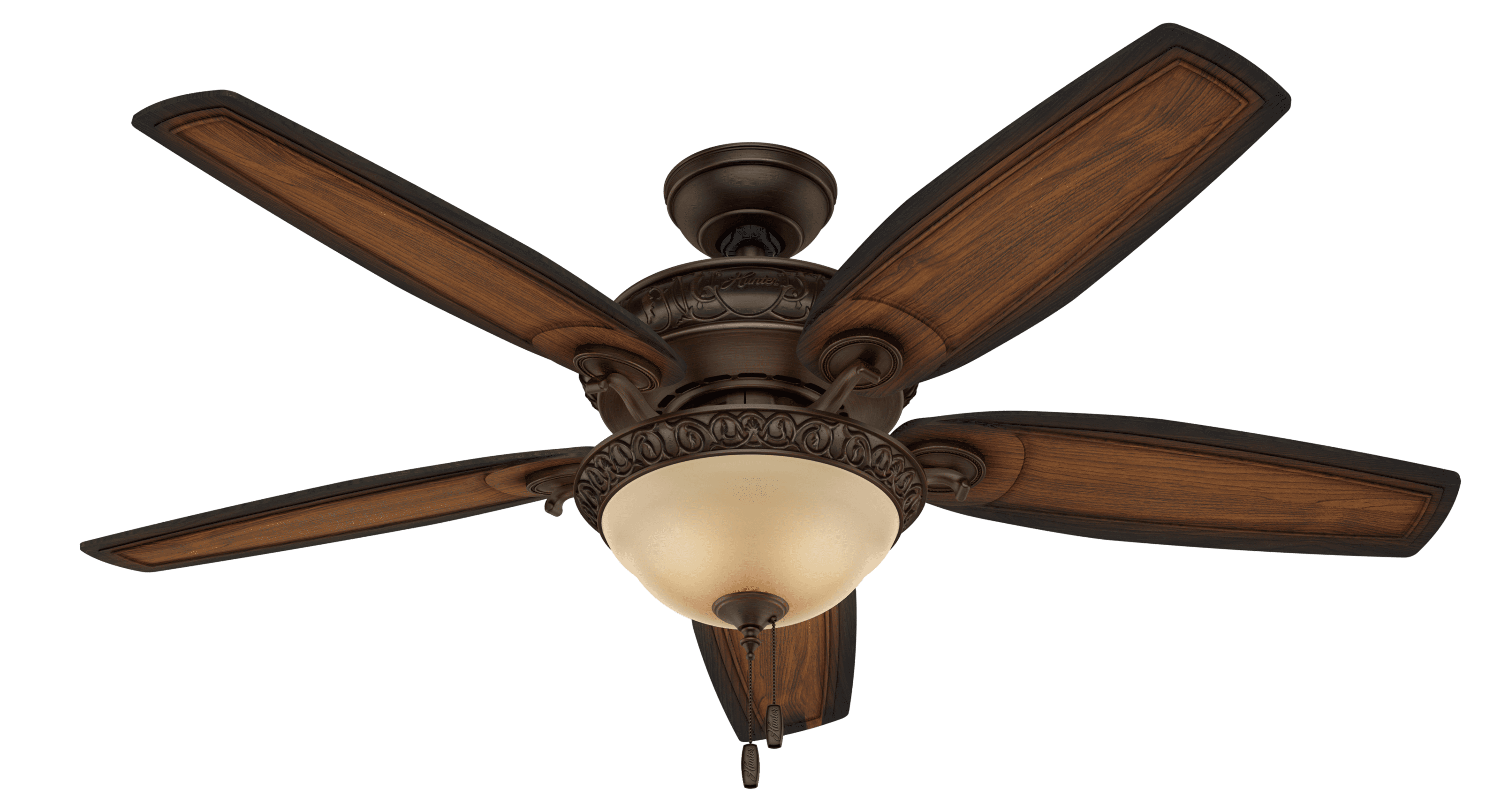



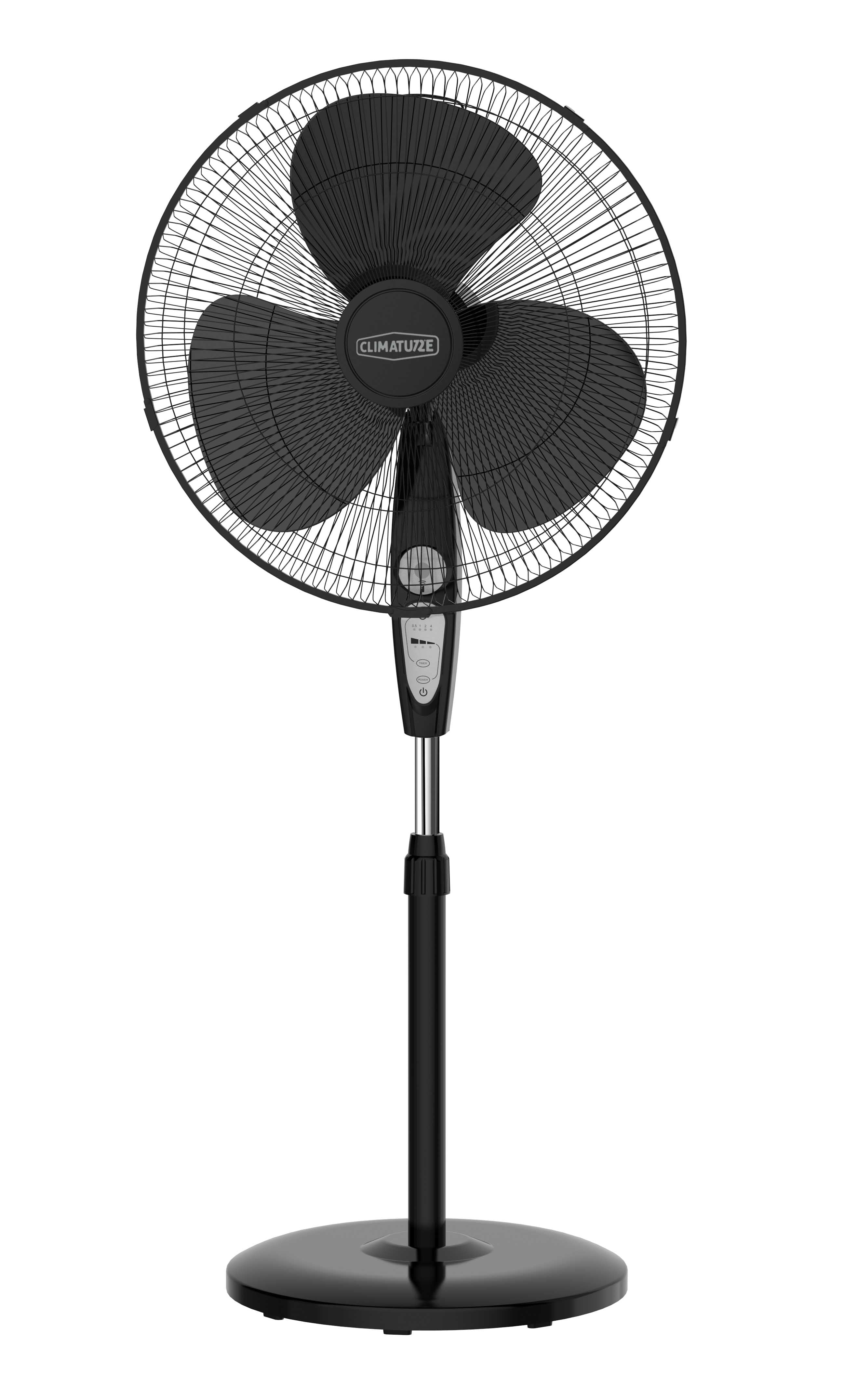

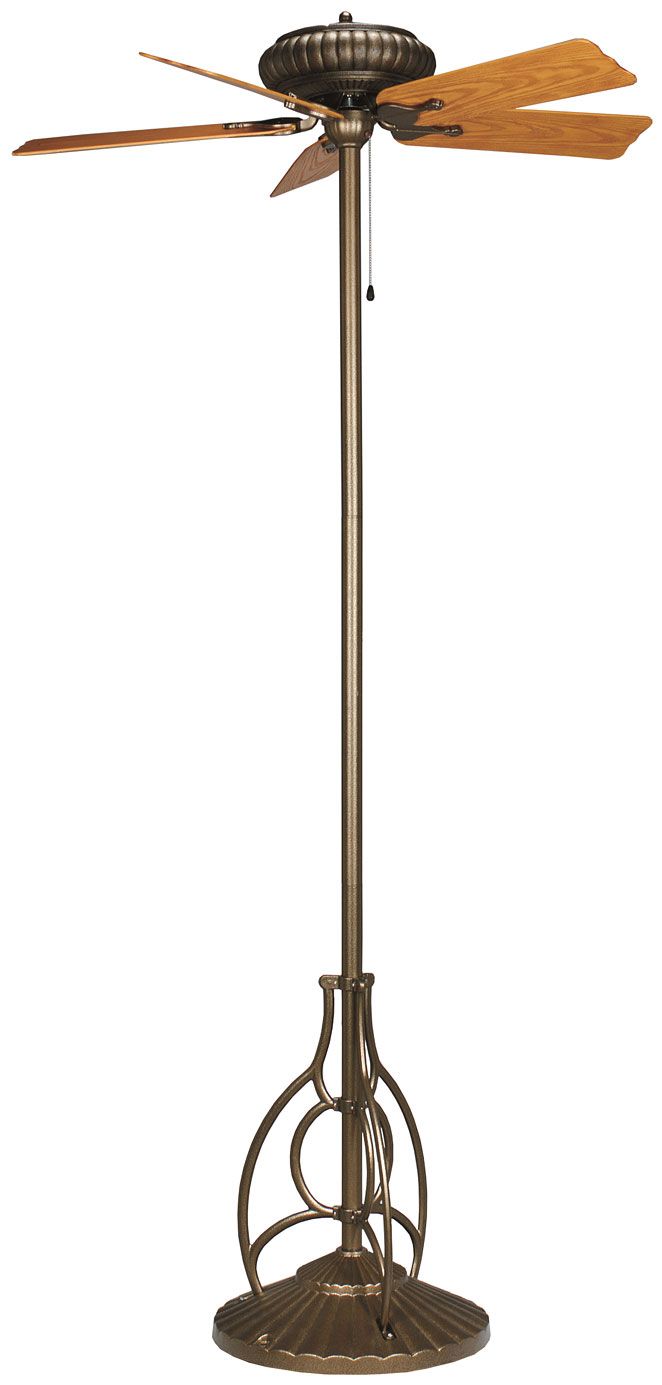



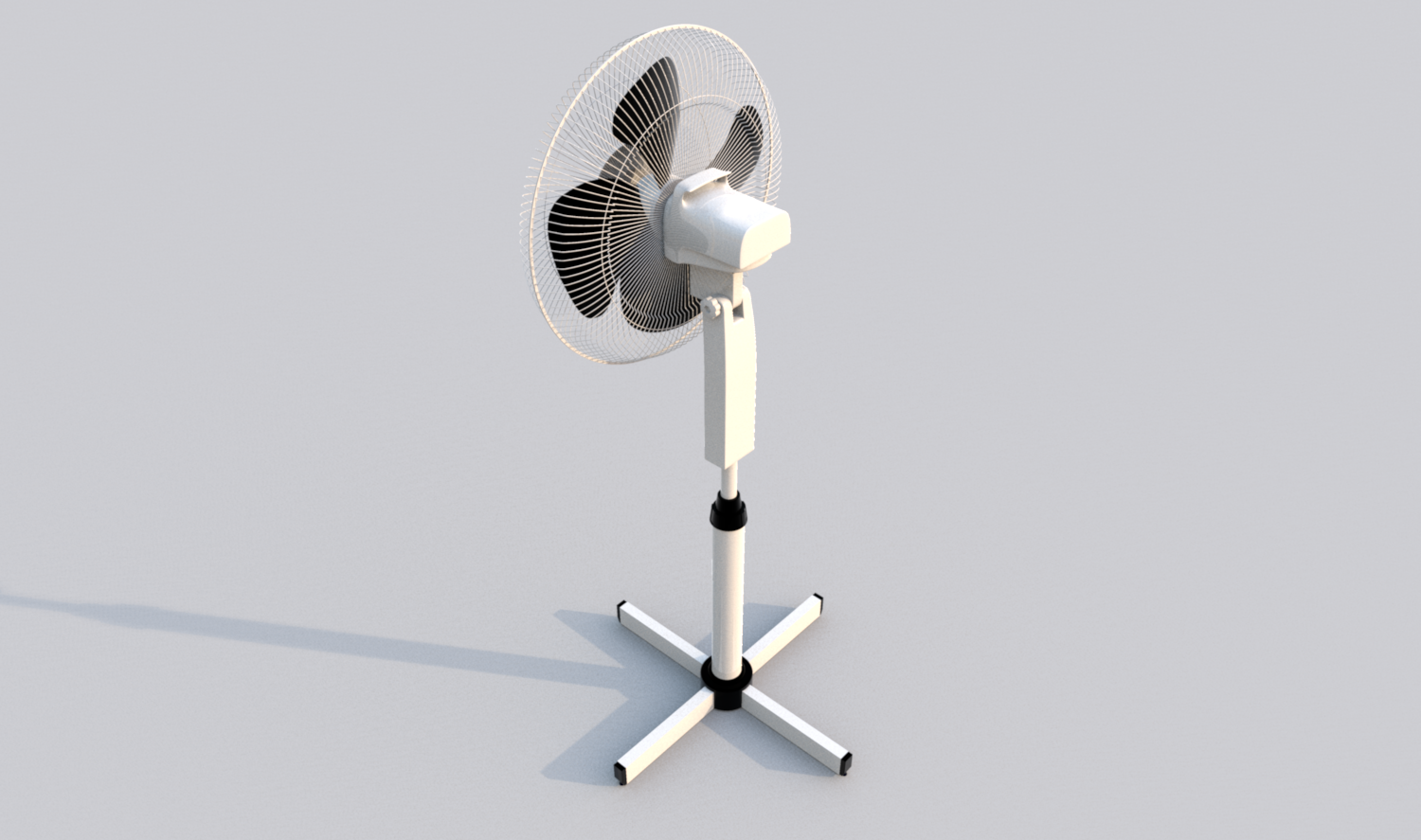
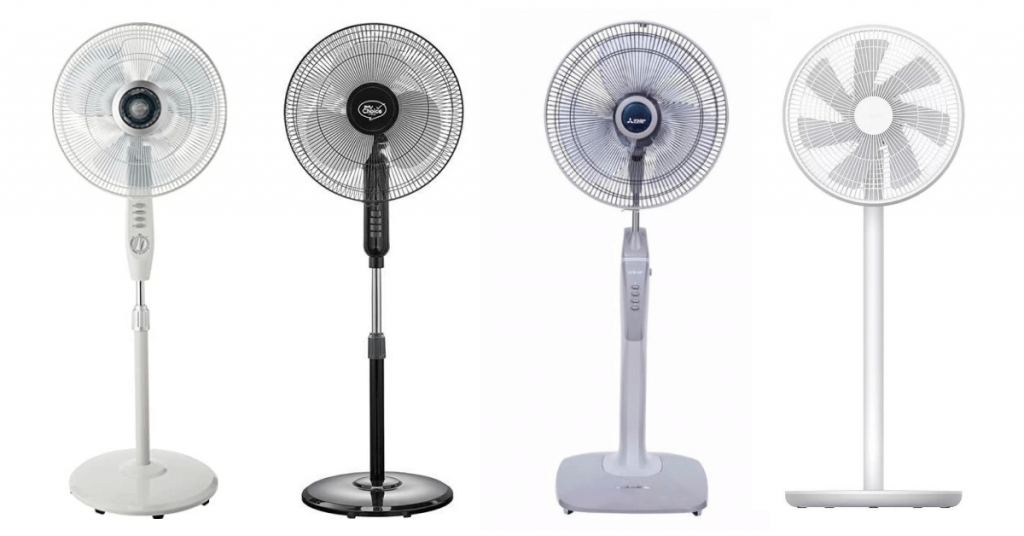
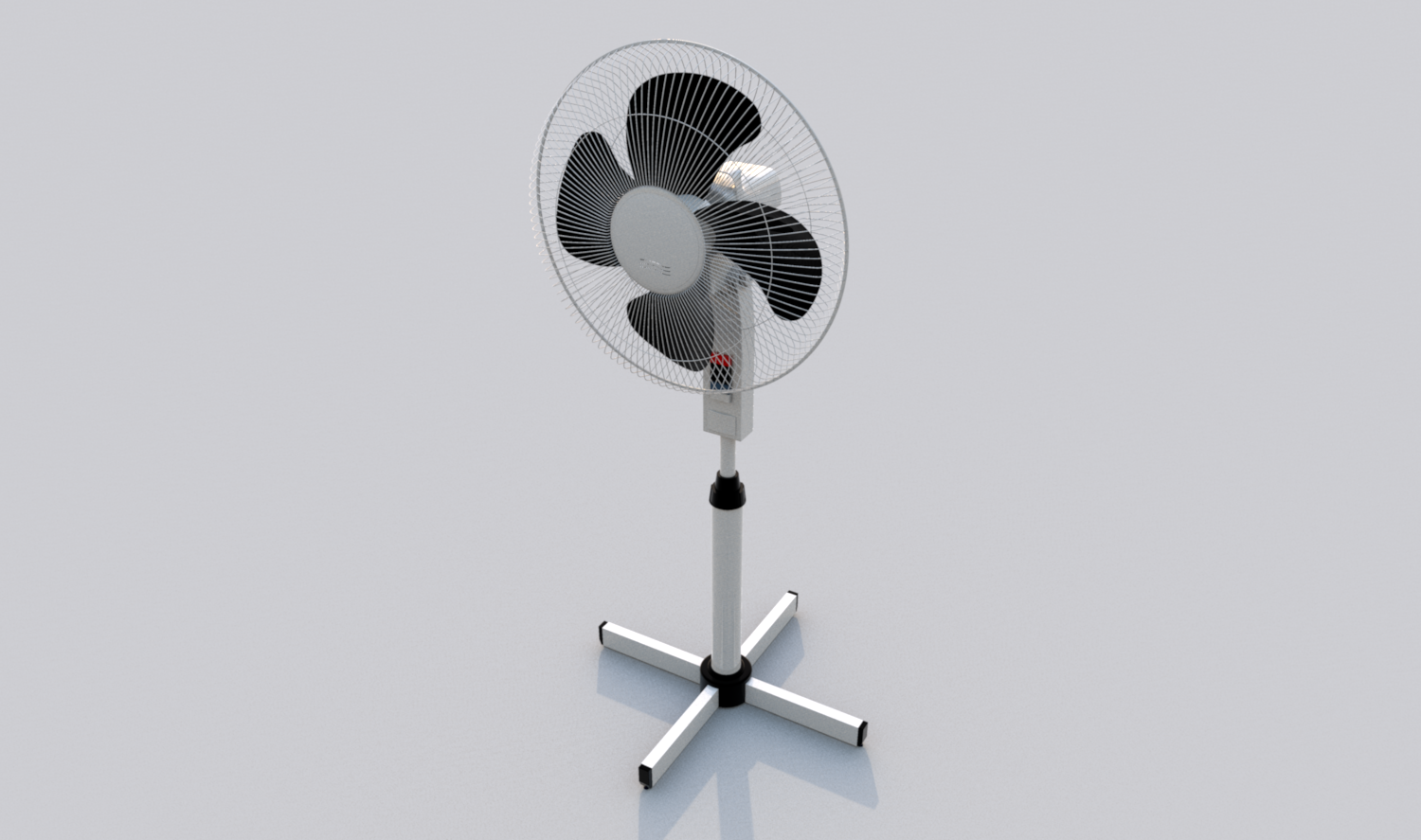
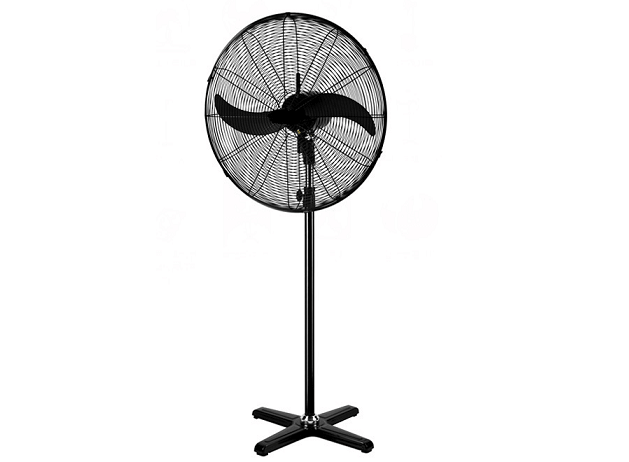

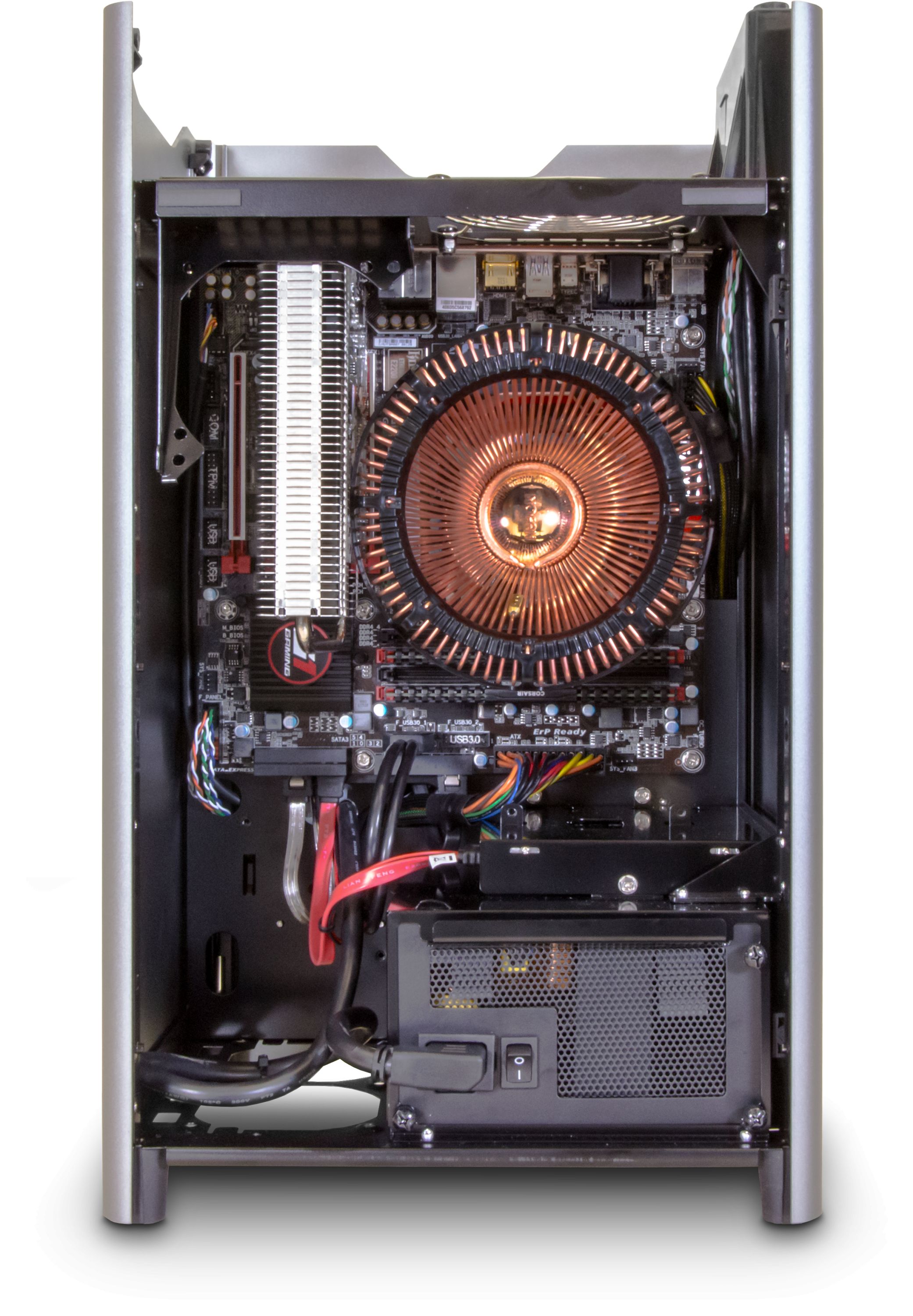




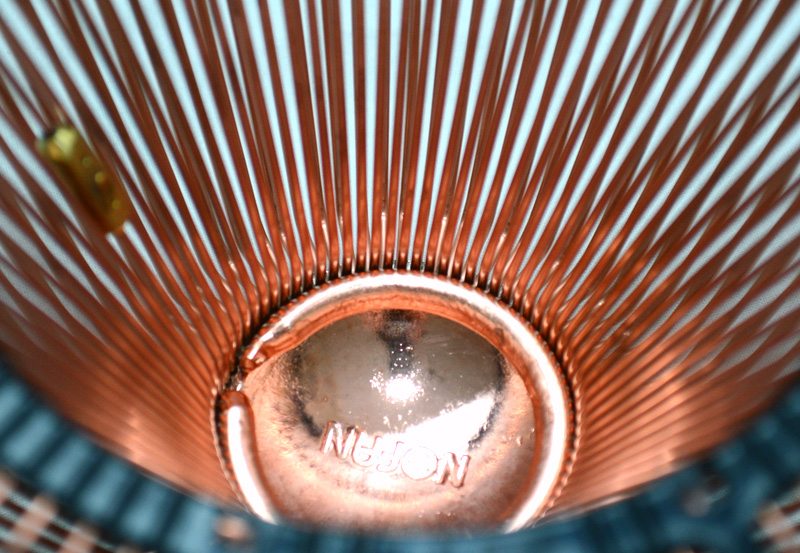
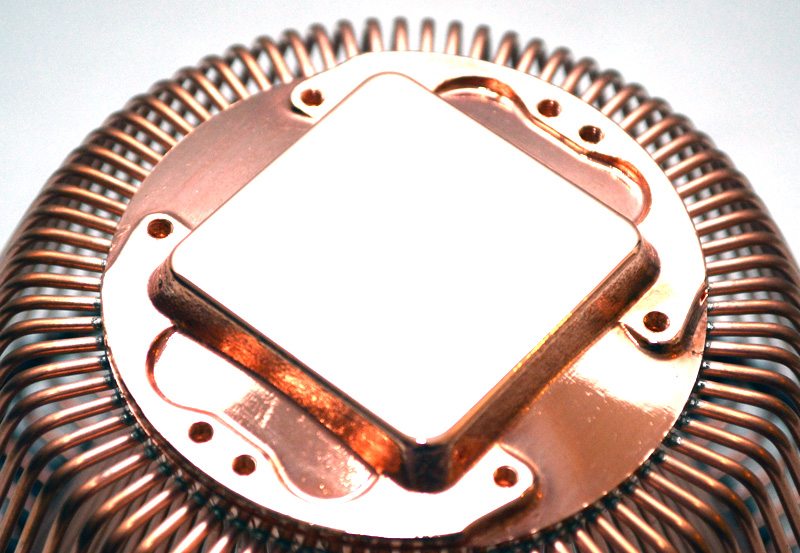




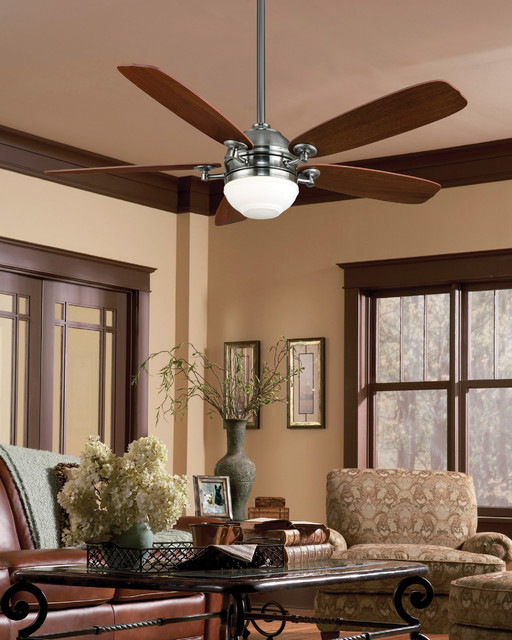






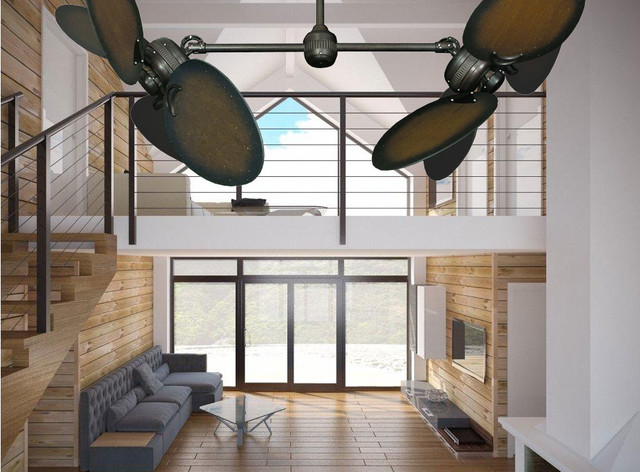
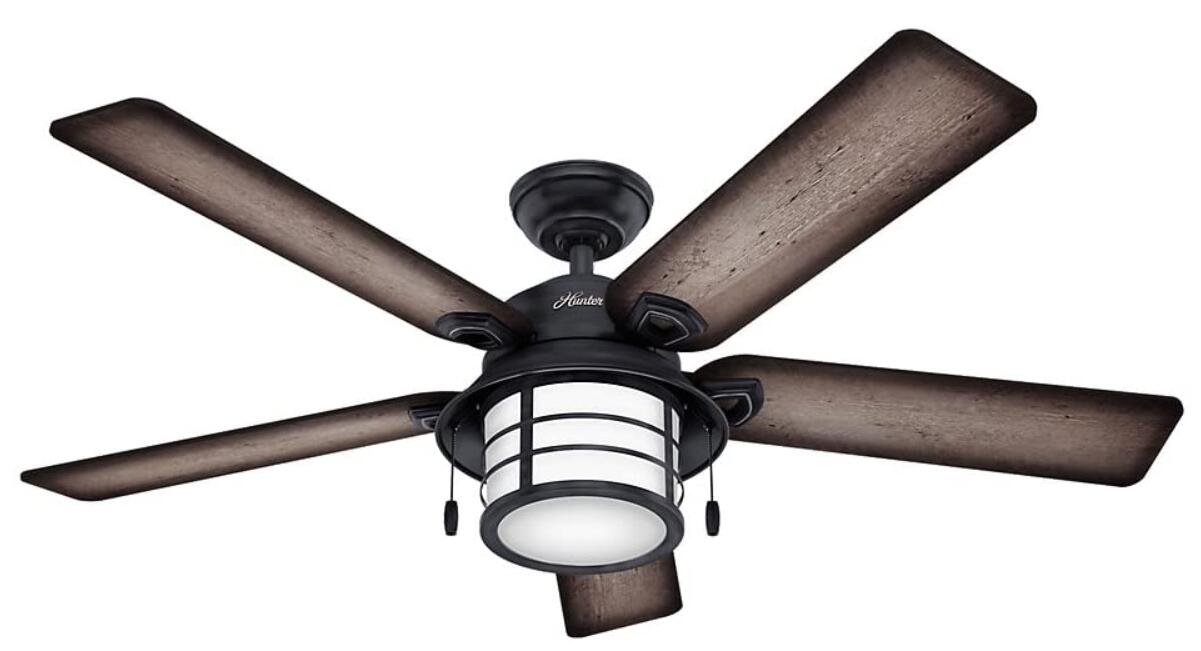



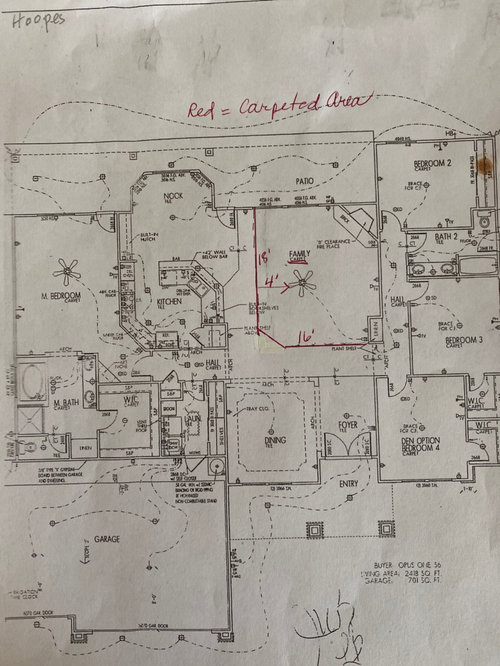
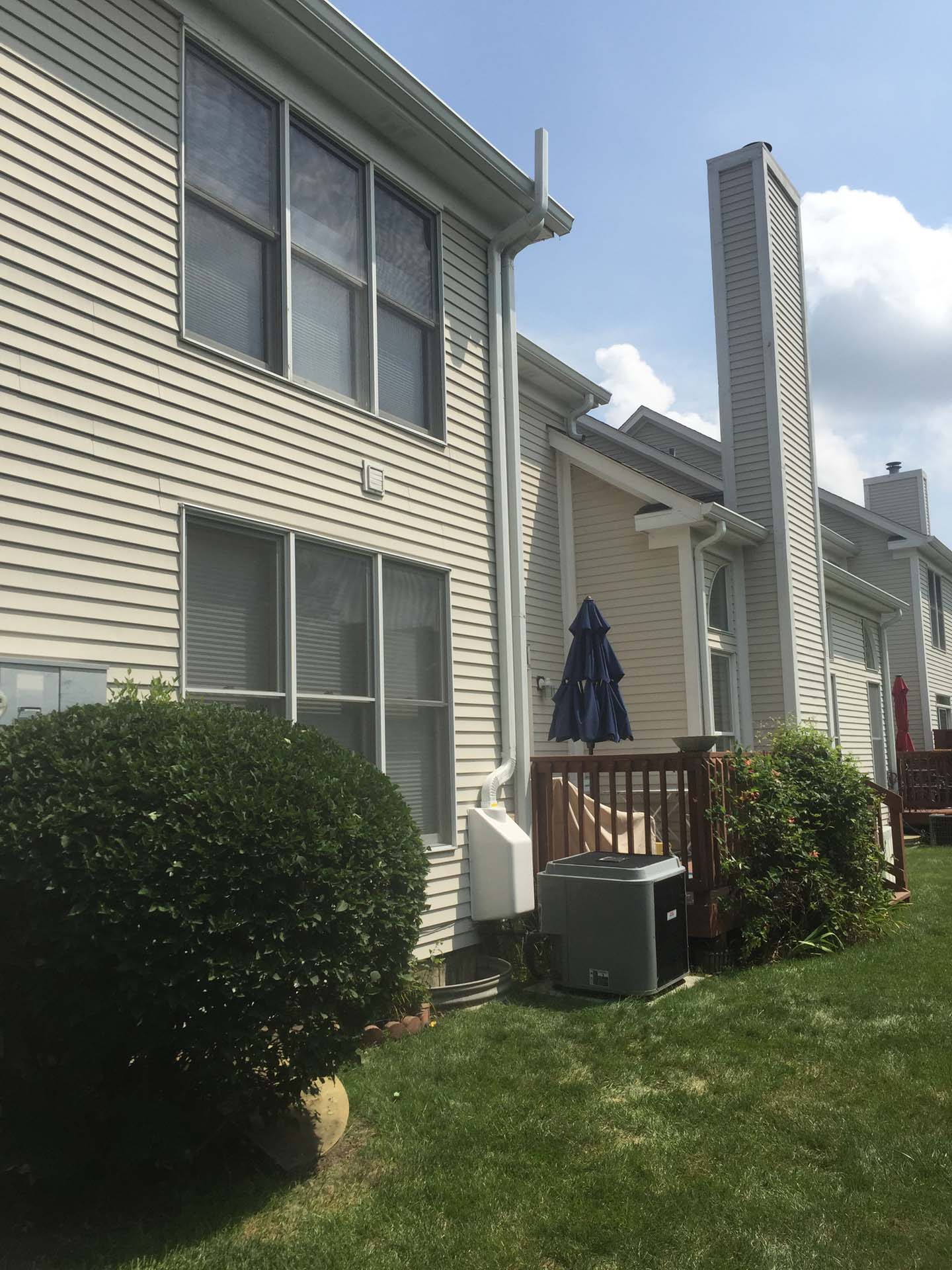

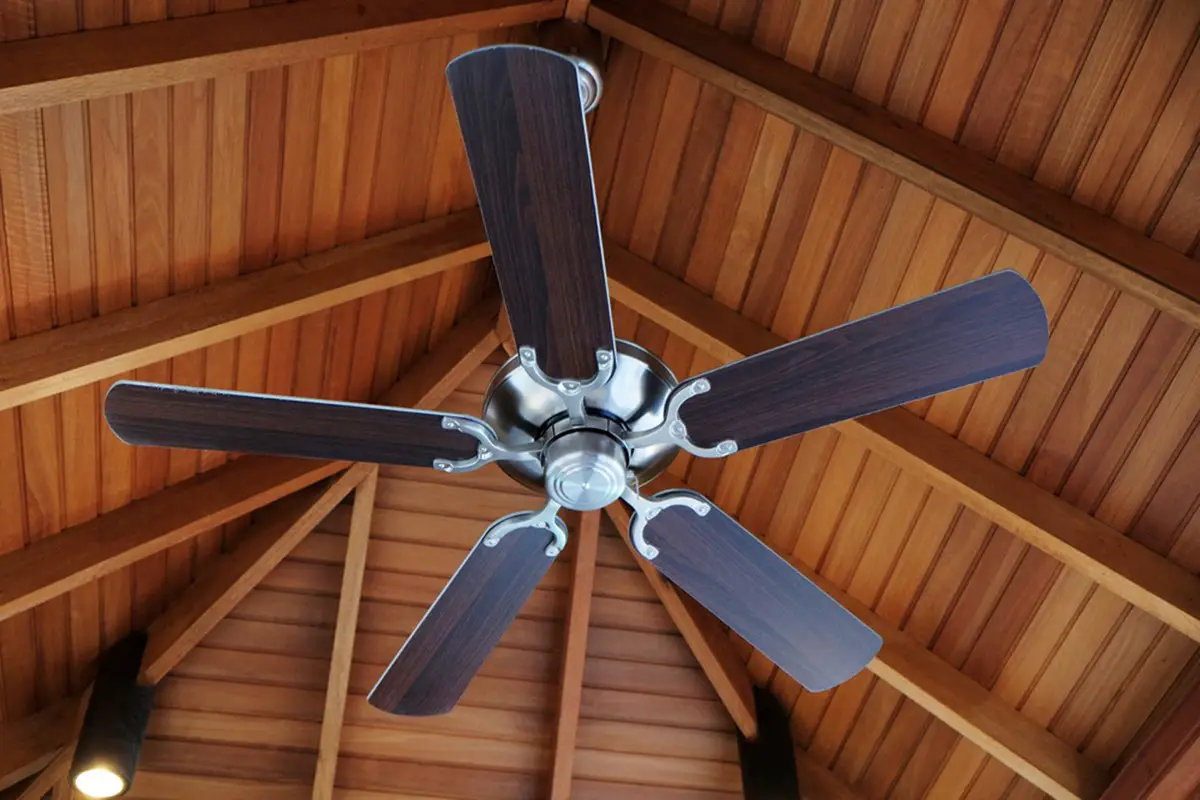









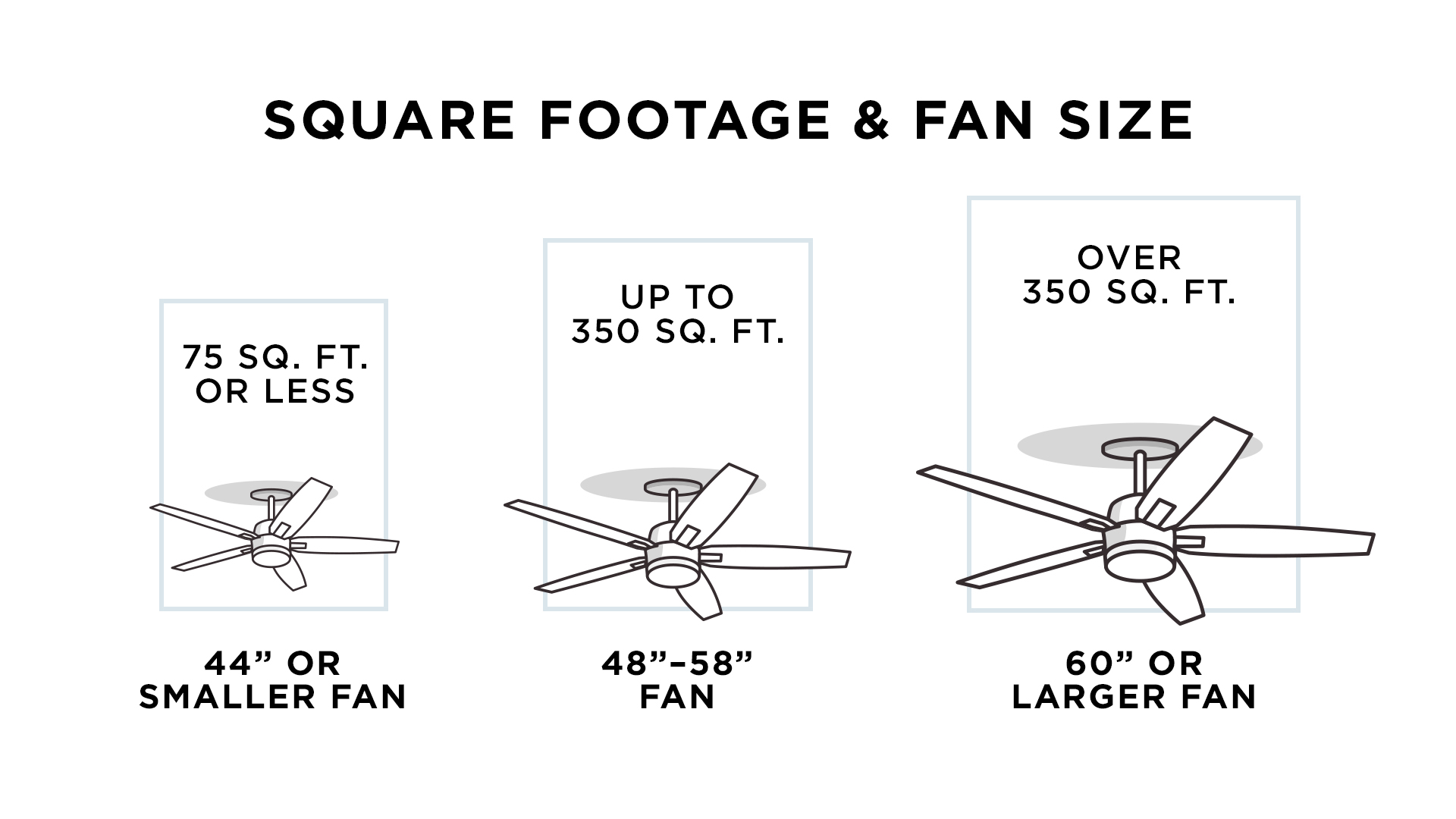
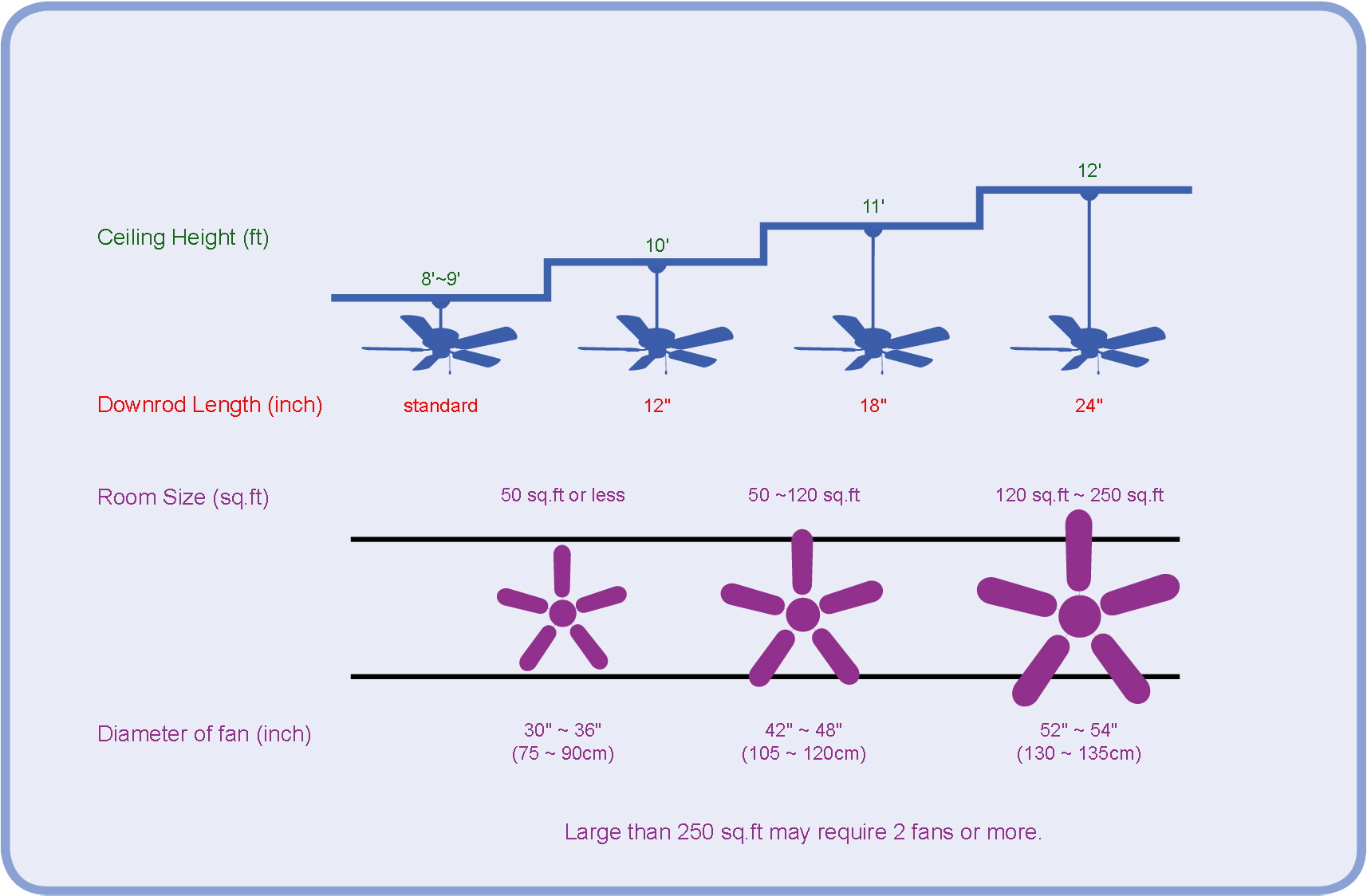

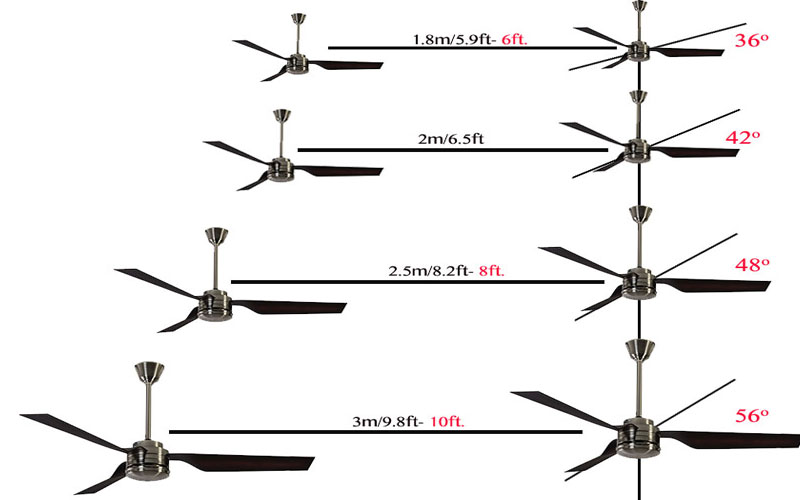



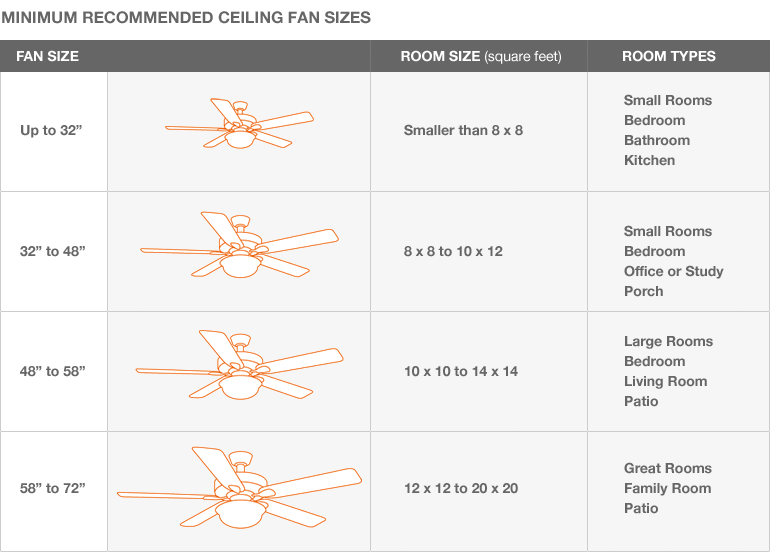














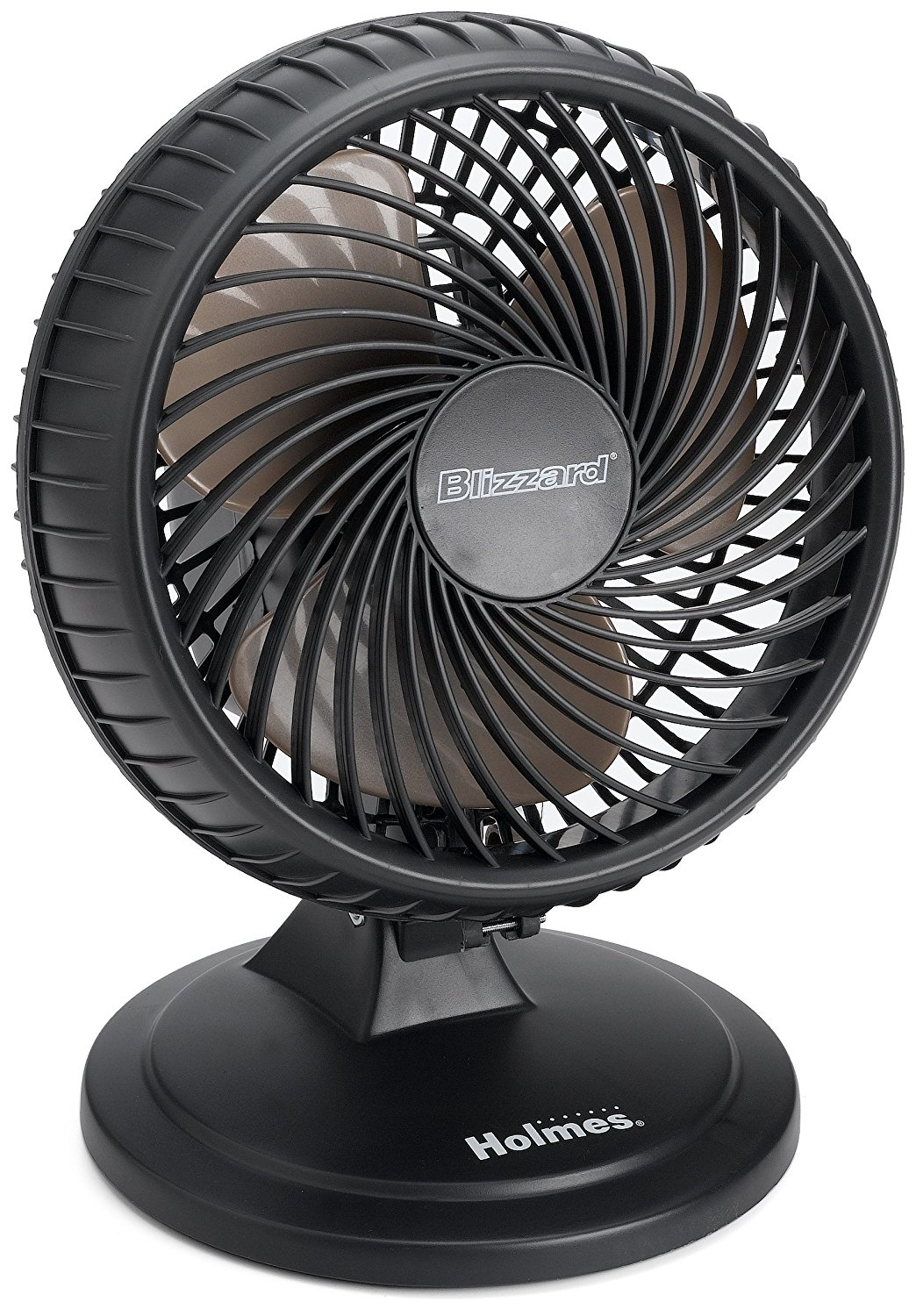

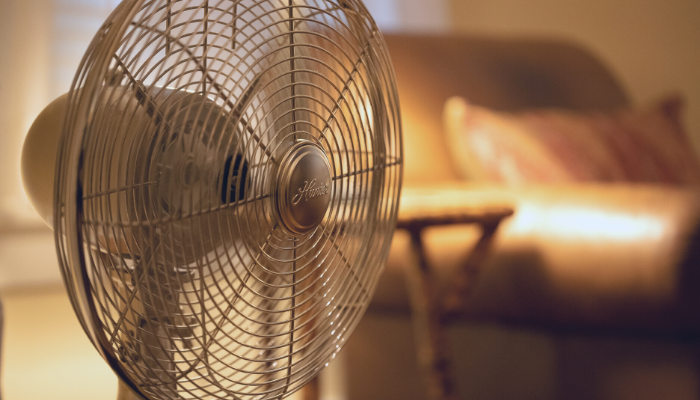






/Ceiling-fan-GettyImages-574905593-58bddea55f9b58af5c4ffe9a.jpg)

